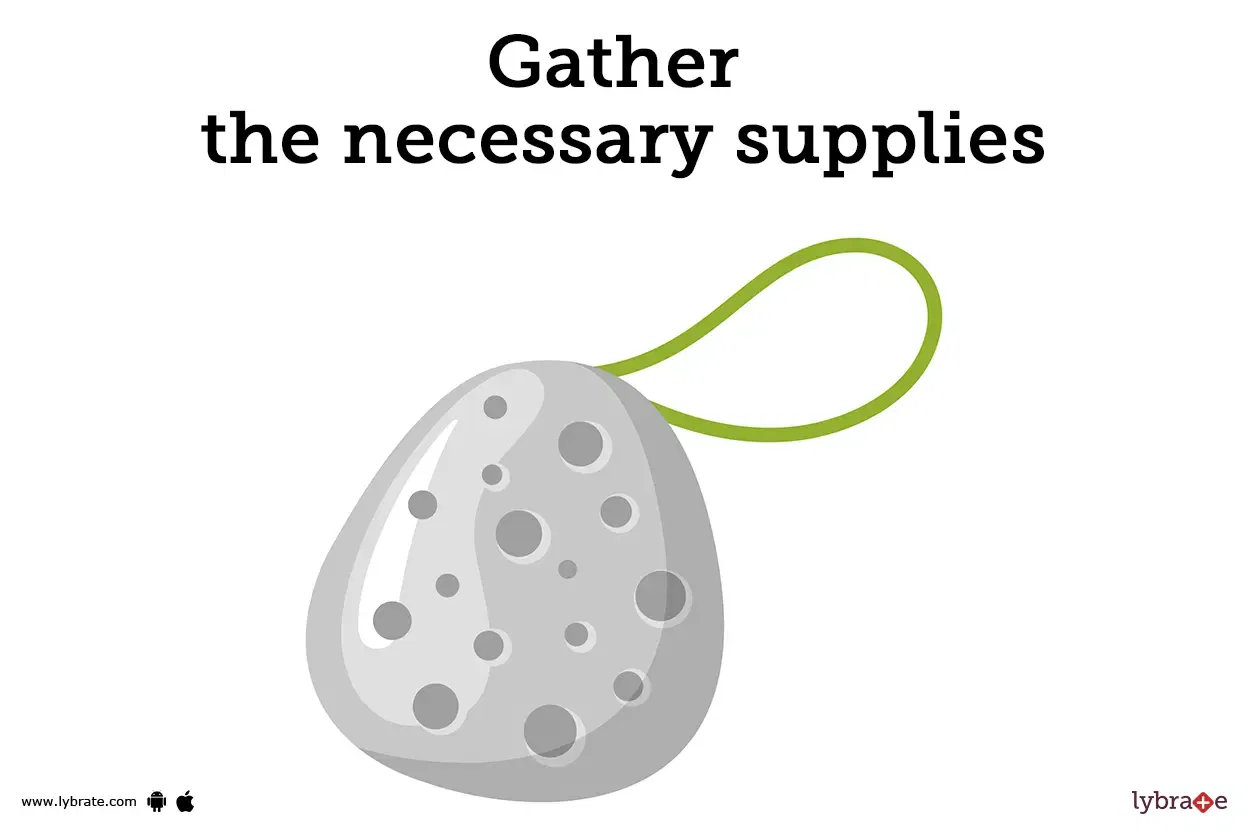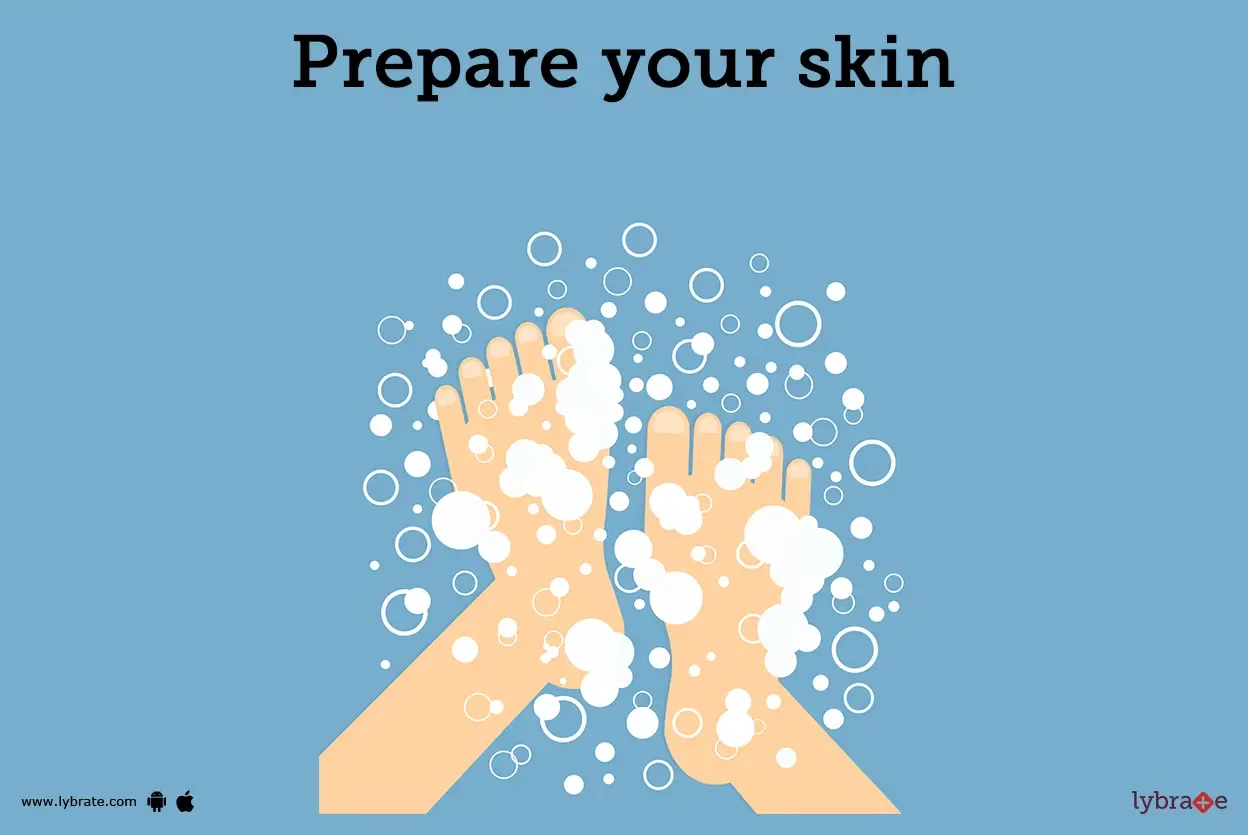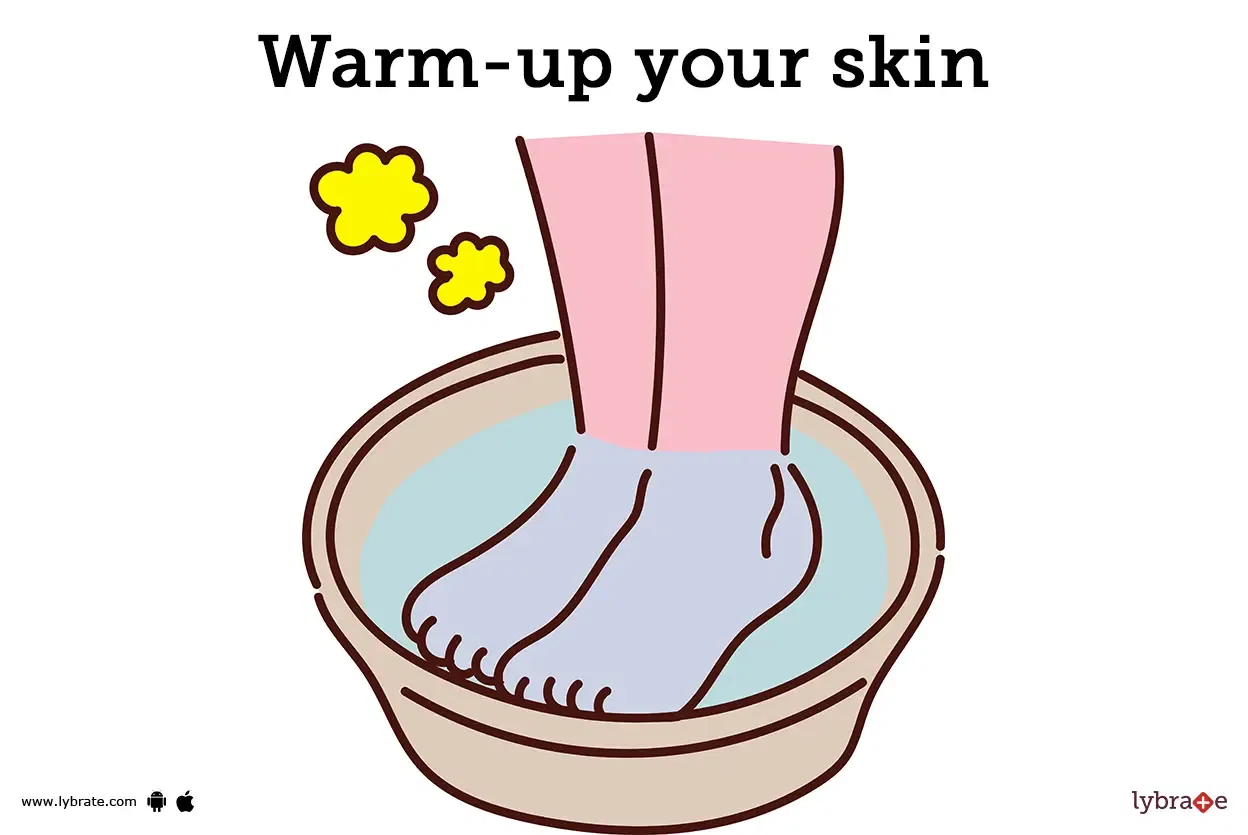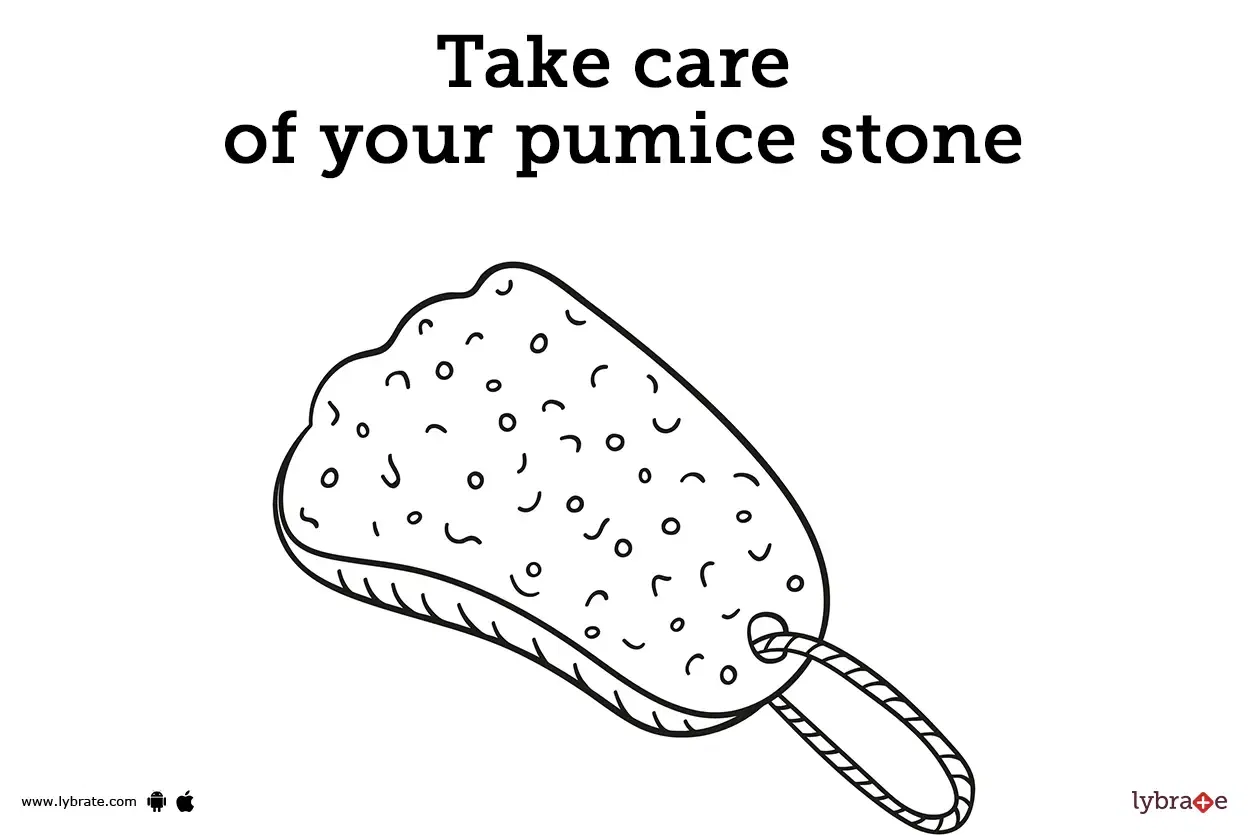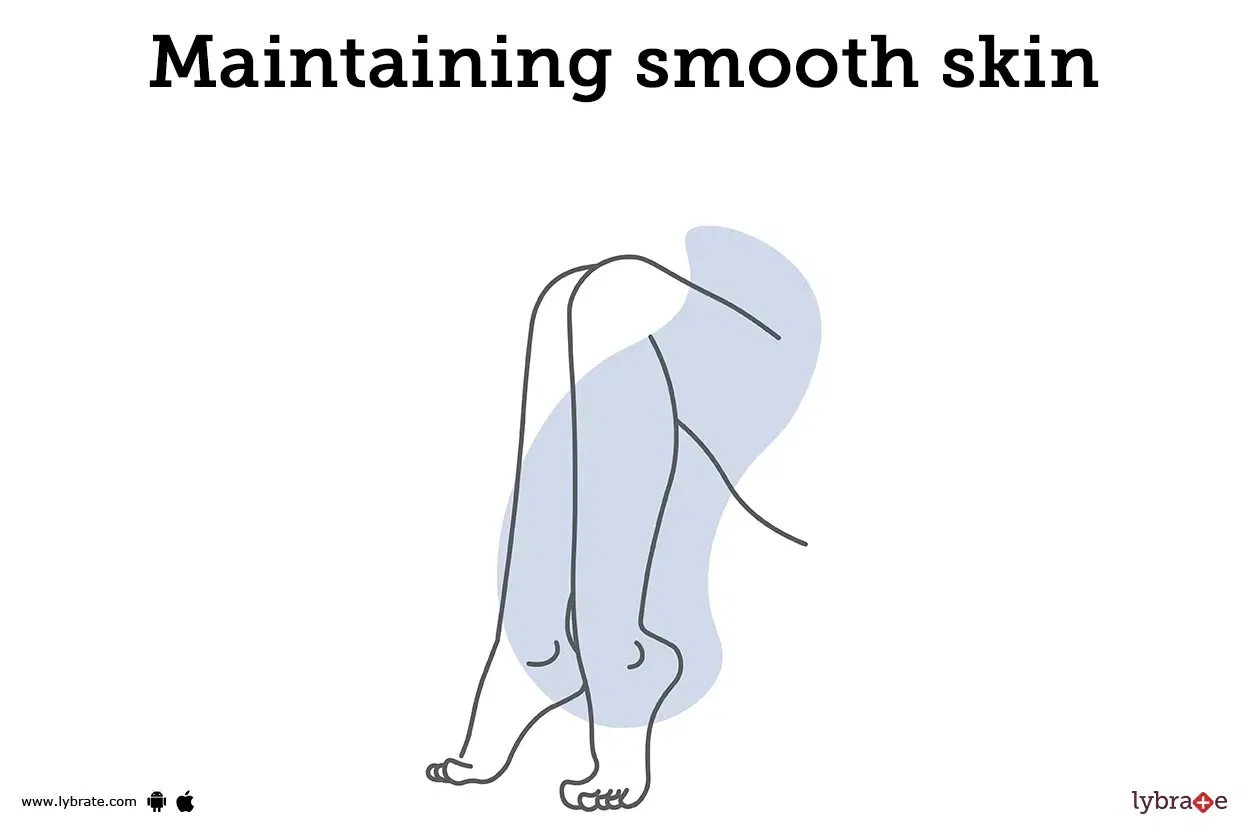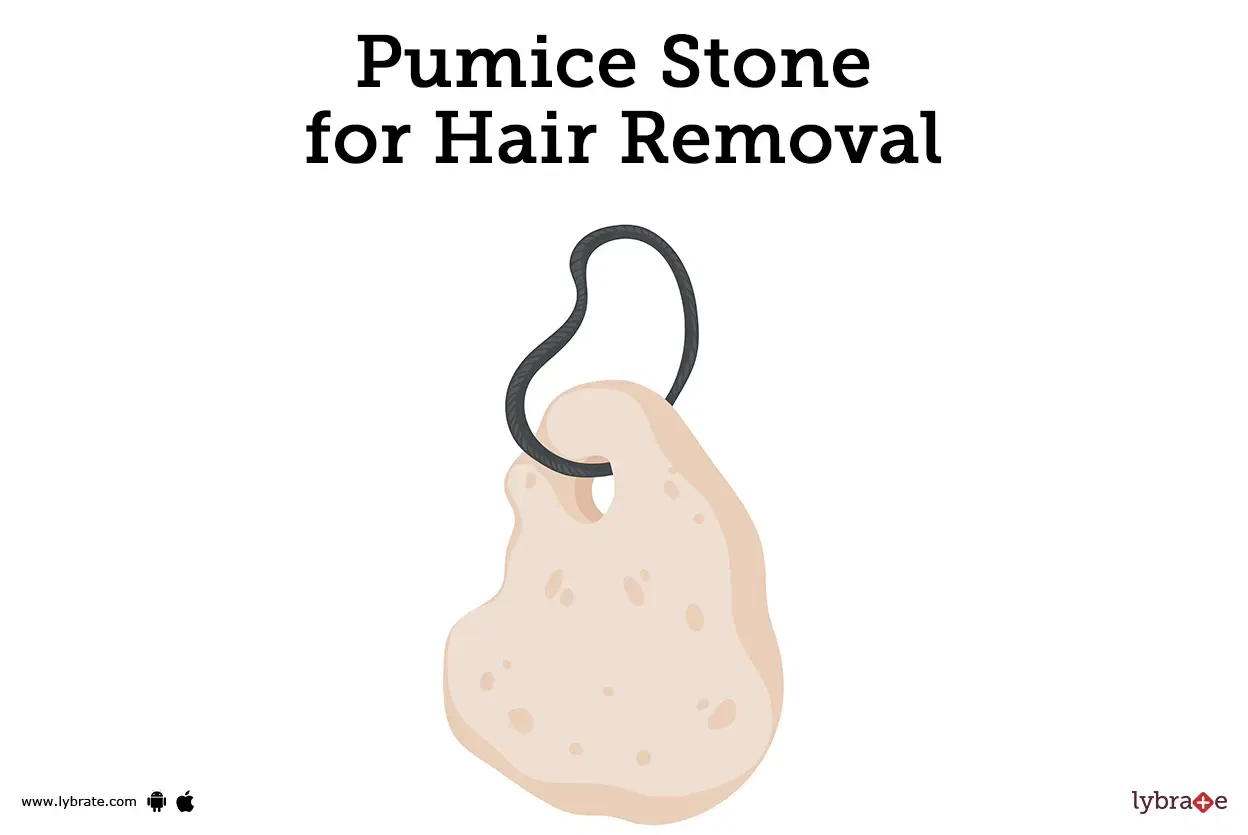Achieve Flawless Skin with Pumice Stone Exfoliation
Pumice stone is a highly versatile and eco-friendly beauty tool that has been used for centuries to improve the appearance and feel of skin. This porous volcanic rock is formed during volcanic eruptions when molten lava cools and solidifies rapidly, trapping gases within the rock and creating tiny pockets of air. This unique structure gives pumice stone its abrasiveness, making it an effective exfoliant that can help remove dead skin cells and smooth rough skin without causing damage.
From removing calluses and softening rough patches on your feet to eliminating dry skin on your elbows and knees, a pumice stone can be used to improve the look and feel of skin all over your body. Additionally, because pumice is a natural and sustainable material, it's an excellent alternative to plastic exfoliating tools that can harm the environment.
Part
1
The Endless Supply: Understanding Pumice Stone Sources
Pumice stones, the gentle and effective skin care tool, are in high demand and readily available in the market. With a natural and sustainable supply, sourced from volcanic islands and mainland deposits, pumice stones can be found in various forms, from large blocks to smaller, hand-held sizes.
The renewable and eco-friendly nature of pumice stones has made them a popular choice among consumers, and they can be easily found in drugstores, beauty supply stores, and online retailers. Whether used for removing calluses, exfoliating dry skin, or simply maintaining smooth skin, pumice stones offer a versatile and sustainable option for personal care. With a plentiful supply in the market, it's easy to incorporate pumice stones into your skin care routine.
To exfoliate your skin safely, you should have a bowl or basin of warm, soapy water, which is particularly necessary for exfoliating your hands or feet. For exfoliating sensitive areas like your elbows, face or neck, you may use a pumice stone while showering. In addition, you will need a soft towel, moisturizer of your choice, moisturizing socks (if desired), and a brush for cleaning the pumice stone.
Part
2
Transform Rough Skin into Smooth Bliss: A Pumice Stone Exfoliation Guide
Exfoliating your skin is an important step in maintaining a healthy and smooth complexion. The use of a pumice stone is an effective method for removing rough and calloused skin, especially on the feet and hands. In this step-by-step guide, we will provide you with all the necessary information and instructions to safely and effectively exfoliate your skin with a pumice stone. From the supplies you'll need to the proper technique and aftercare, we'll make sure you achieve the smooth skin you desire.
Exfoliating your skin is an important step in maintaining a healthy and smooth complexion. One of the most effective methods for removing rough and calloused skin is through the use of a pumice stone. In this step-by-step guide, we will provide you with all the necessary information and instructions to safely and effectively exfoliate your skin with a pumice stone. From preparation to technique and aftercare, we will make sure you achieve the smooth skin you desire.
Part
3
Preparation for Exfoliation with a Pumice Stone
Before beginning your exfoliation routine, it's important to gather the necessary supplies and prepare your skin. This includes having a pumice stone, warm soapy water, a towel, and a moisturizer on hand. Additionally, it's important to warm up your skin before exfoliating to open up the pores and make the process more effective.
1
Gather the necessary supplies
- Pumice stone: Look for a stone that's firm and coarse enough to effectively remove dead skin cells but not so rough that it causes irritation.
- Warm soapy water: Fill a large bowl or basin with warm water and add a small amount of soap to create suds.
- Soft towel: This will be used to dry your skin after exfoliating.
- Moisturizer: Choose a moisturizer that works well with your skin type, whether it's a cream, lotion, or oil.
- Moisturizing socks (optional): if you want to exfoliate your feet.
- Bristled brush: to clean the pumice stone after use.
2
Prepare your skin
- Clean your skin: remove any makeup or lotions before exfoliating to allow the pumice stone to effectively remove dead skin cells.
- Trim and file your nails: this will prevent any accidental scratching of the skin while exfoliating.
- Cut and file any calluses or rough skin: this will make exfoliation easier and more effective.
3
Warm-up your skin
- Take a warm shower or bath: this will help to open up the pores and make the exfoliation process more effective.
- Apply a warm compress: if you don't have time for a shower or bath, you can apply a warm compress to the area you want to exfoliate for a few minutes.
Part
4
Techniques for Exfoliation with a Pumice Stone
In this section, we will go over the proper techniques for using a pumice stone to exfoliate your hands, feet and other sensitive areas. We will also cover any precautions that should be taken when exfoliating these areas.
1
Exfoliating your hands and feet
- Soak your hands or feet in the warm soapy water for a few minutes: this will soften the skin and make it easier to exfoliate.
- Use light pressure when exfoliating: start by using gentle circular motions and gradually increase the pressure as needed.
- Pay extra attention to the heels, balls of the feet, and the sides of the big toes: these areas tend to be the roughest and require more attention.
2
Exfoliating sensitive areas
- Use a light touch: when exfoliating sensitive areas such as the face, neck, or elbows, use a light touch and avoid applying too much pressure.
- Avoid exfoliating irritated or broken skin: if your skin is already irritated or has any open wounds, avoid exfoliating that area until it has healed.
- Use a gentle exfoliating product: if you have sensitive skin, it's best to use a gentle exfoliating product such as a sugar or salt scrub instead of a pumice stone.
Part
5
Aftercare for Exfoliation with a Pumice Stone
After exfoliating, it's important to take care of your skin by moisturizing and maintaining proper hygiene. This includes cleaning your pumice stone and maintaining a regular exfoliation routine to maintain smooth skin. In this section, we will go over the necessary steps to take to ensure your skin stays soft and smooth after exfoliation.
1
Moisturize your skin
- Apply a moisturizer immediately after exfoliating: this will help to lock in moisture and keep your skin hydrated.
- Use a moisturizer that's appropriate for your skin type: if you have oily skin, use a lightweight moisturizer, while those with dry skin should opt for a heavier cream or oil.
2
Take care of your pumice stone
- Clean the stone after each use: rinse the stone thoroughly with water and use a bristled brush to remove any dead skin cells.
- Maintain your pumice stone: after each use, rinse your pumice stone with warm water and a mild soap. Be sure to brush away any dead skin cells that may be stuck to the stone. Allow the stone to dry completely before storing it.
- Store the stone in a dry place: this will prevent the stone from becoming moldy or developing a bad odor.
3
Maintaining smooth skin
- Exfoliate regularly: aim to exfoliate your hands and feet once a week and sensitive areas, such as the face, about once a month.
- Use a moisturizer daily: keeping keeping your skin hydrated will help to maintain its smoothness and prevent dryness and cracking. Look for a moisturizer that is suitable for your skin type (oily, dry, sensitive, etc.) and apply it after exfoliating and after showering.
- Use moisturizing socks (optional): if you exfoliate your feet, wearing moisturizing socks can help to lock in moisture and keep your feet soft and smooth.
- Be gentle: always be gentle when exfoliating your skin. Never scrub too hard or use excessive pressure. This can cause irritation and even damage to your skin.
- Listen to your skin: if your skin feels irritated or becomes red and swollen after exfoliating, stop using the pumice stone and give your skin a break. Consult a dermatologist if you have persistent or severe skin issues.
Part
6
Unleashing the Power of a Pumice Stone: Expert Tips
1
Pumice Stone for Your Face and Neck
- Use a gentle circular motion when exfoliating your face and neck.
- Only exfoliate once a week, or less if your skin is sensitive.
- Be mindful of the pressure you're applying, as the skin on your face and neck is thinner and more delicate than the skin on other parts of your body.
2
Pumice Stone for Hair Removal
- Wet the area you want to remove hair from before using the pumice stone.
- Gently rub the pumice stone in circular motions over the area to remove hair.
- Be careful not to press too hard or scrub too aggressively, as this can cause irritation or even damage to the skin.
- You can use a pumice stone to remove hair from legs, underarms, bikini lines, and other areas.
- Remember to moisturize the area after using the pumice stone to keep the skin smooth.
- If you're using a pumice stone for hair removal, consider using it in conjunction with other hair removal methods, such as shaving or waxing, for the best results.
- Note: Pumice stone is not meant for hair removal for face. It can cause irritation and damage your skin. Consult a dermatologist before trying any new hair removal methods.
Part
7
Conclusion
Exfoliating with a pumice stone is an effective way to remove rough, dry skin and keep your skin feeling smooth and soft. By following the right preparation, techniques, and aftercare, you can enjoy the benefits of exfoliation while minimizing any potential risks.
Remember to gather all the necessary supplies, prepare your skin, exfoliate gently, moisturize, and take care of your pumice stone. Exfoliating regularly, with the right method, will help you achieve and maintain smooth skin.
Remember to consult a dermatologist before trying any new hair removal methods. With a little bit of care and attention, you can enjoy the benefits of exfoliation with a pumice stone, and feel confident and beautiful in your own skin.
Gurgaon!
Table of Content
Written and reviewed by
Hina Firdous
PhD (Pharmacology) Pursuing, M.Pharma (Pharmacology), B.Pharma - Certificate in Nutrition and Child Care
Ask a free question
Get FREE multiple opinions from Doctors

